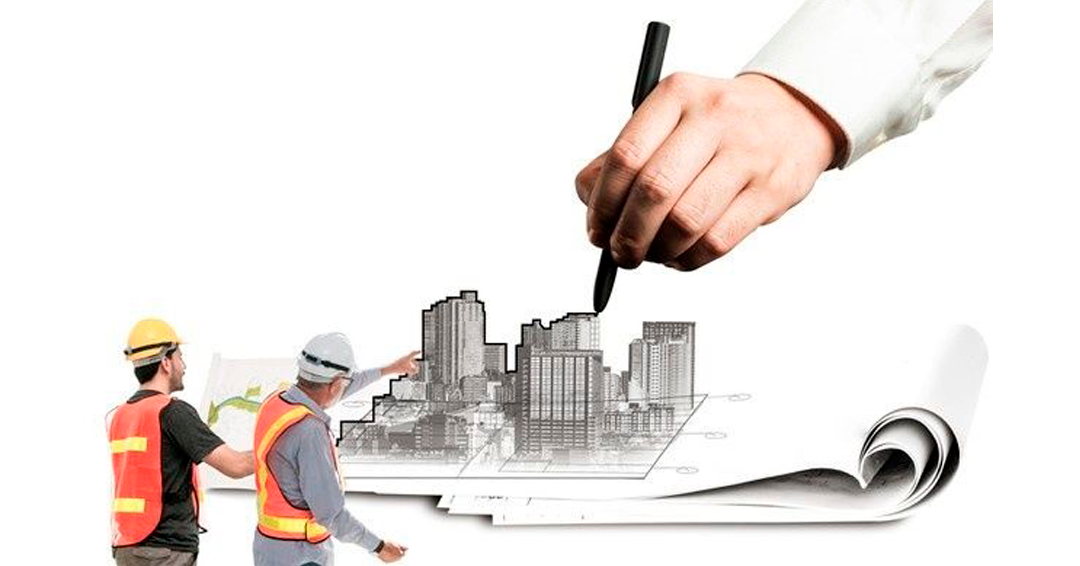The Future of Building Information Modeling
Welcome to the exciting world of Building Information Modelling or BIM! In the simplest of terms, BIM is a digital representation of a building’s physical and functional characteristics. It allows architects, engineers, and construction professionals to collaborate and create accurate 3D models of buildings, which can be analyzed and optimized before construction even begins. BIM has been around for a while now, with its origins dating back to the 1970s.
However, recent advancements in technology have transformed the way we use BIM in construction projects. BIM software allows for greater visualization, collaboration, and cost-effectiveness. With BIM, construction professionals can visualize and test out different construction scenarios in a digital environment, reducing the potential for errors and delays.
The importance of BIM cannot be overstated. BIM enables construction professionals to work more efficiently, reduce waste, and save on costs, all of which are critical factors in the industry. BIM also has the potential to improve sustainability and safety in construction projects. With BIM, we can design and build smarter, safer, and more sustainable buildings for our future.

Advancements in BIM Technology
Gone are the days when Building Information Modelling (BIM) was merely confined to 2D and 3D designs. Today, BIM technology has witnessed significant advancement, especially with the emergence of 3D printing technology.
With 3D printing, architects and engineers can now create physical models of their designs to test structural integrity and functionality. Not only that, BIM technology has evolved in a way that it now integrates with Augmented Reality (AR) and Virtual Reality (VR). AR and VR allow architects, engineers, and contractors to experience their designs in a virtual world, making it easier to detect errors and make necessary adjustments. With VR technology, contractors can also train their employees on-site, minimizing the risk of workplace accidents.
These advancements in BIM technology have revolutionized the way construction projects are carried out. The integration of 3D printing and AR/VR has made the design process more efficient, resulting in reduced costs and time. As technology continues to evolve, it is safe to say that BIM technology is the future of the construction industry.
The Future of Construction with BIM
Nowadays, construction projects involve intense collaboration between multiple stakeholders such as architects, engineers, contractors, owners, and operators. This complex process has resulted in the adoption of Building Information Modelling (BIM) technology. BIM is a digital platform that allows the users to create, visualize, and analyze a 3D digital model of a building or infrastructure project.
As technology advances, so does the potential for BIM. The integration with Internet of Things (IoT) devices can provide real-time data on building performance, energy consumption, and maintenance needs, ultimately leading to a more sustainable infrastructure. Another area where BIM is likely to see continued growth is in the integration of Artificial Intelligence (AI) and Machine Learning (ML).
AI can help in automating repetitive tasks, predicting issues, and streamlining workflows. Machine learning can be used to analyze massive amounts of data from multiple sources, thus enabling stakeholders to make more informed decisions. Automation and robotics in construction are also expected to disrupt the industry in the coming years.
Innovations such as automated bricklaying systems, 3D printing of buildings and drones for site inspections and surveys could revolutionize the way we build. However, even with all these advancements, BIM implementation in construction comes with its own set of challenges, including resistance to change, skills gap, and lack of standardization. Addressing these challenges is essential to realize the full potential of BIM in the construction industry.
Despite the challenges, the potential impact of BIM on the AEC industry is enormous. Improved project delivery time and quality, increased sustainability, better risk management, improved safety conditions and economic benefits are some of the benefits we can expect to see in the future. One thing is certain, the future of construction with BIM is looking bright.
As technology keeps advancing, BIM will continue to play a major role in the design, construction, and maintenance of buildings and infrastructure facilities.

Benefits of BIM in Construction
BIM has revolutionized the construction industry by improving collaboration, design efficiency, cost savings, risk reduction, safety and sustainability. It facilitates the integration of all stakeholders in the construction process, including clients, architects, engineers, contractors, and fabricators. The sharing of digital models means that all parties can work on a single source of truth, avoiding the creation of multiple documents that may lead to discrepancies.
With advanced BIM technology, stakeholders can collaborate in real-time, reducing errors and delays, and improving project delivery time and quality. Improved collaboration between disciplines leads to better coordination, fewer clashes and rework. Additionally, BIM allows for more accurate scheduling and sequencing, minimizing site waste, material usage, and on-site labor costs.
BIM technology also improves the safety and working conditions of workers, as potential hazards and interferences can be monitored and mitigated. Sustainability can also be increased by BIM technology, by optimizing design solutions for energy conservation, waste reduction, and the use of environmentally friendly materials. In summary, BIM is a game-changer for the construction industry that has the potential to transform the way that projects are delivered.





